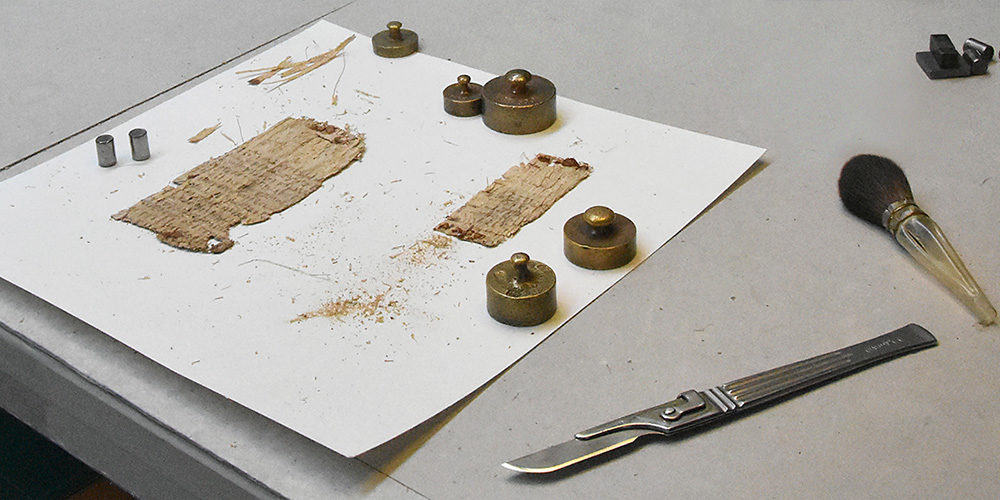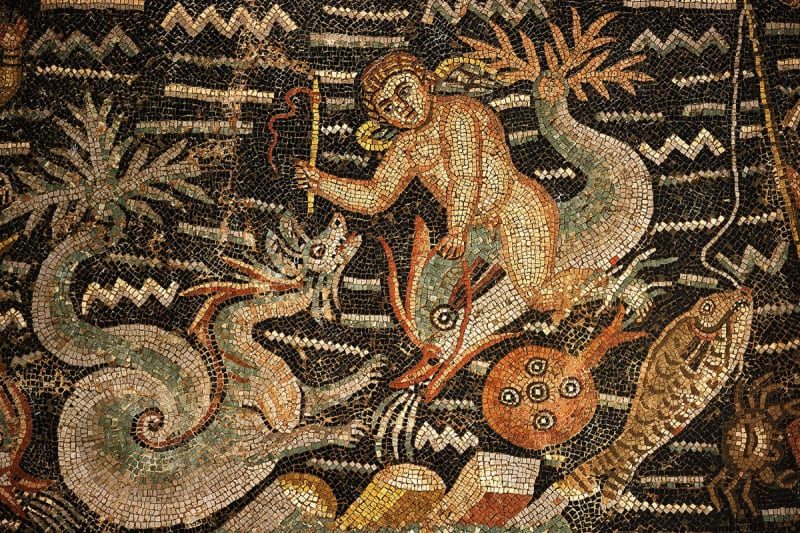
© APCabinet Ministers of the new state of Israel are seen on May 14, 1948, at a ceremony at the Tel Aviv Art Museum, marking the creation of the new state
In 1948, just prior to the foundation of Israel, six Polish Christians were executed without trial in Tel Aviv and Jerusalem by the fledgling country's Jewish army, the Haganah. An investigative analysis on the killings - dubbed the Riftin Report - was compiled for future Prime Minister David Ben-Gurion,
but has never been made public until now.
Official
refusal to disclose the document comes despite fervid recommendations by chief Israeli state archivist Dr. Yaacov Lozowick, and the campaigning of the investigative Akevot Institute.
According to Israeli official secrecy laws,
the report should've been made accessible to the public in 1998 - however, state archivists argued it should remain classified. Dr. Lozowick sought to reverse this decision in 2014, but his recommendation was opposed by Ilana Alon, Director of the Israeli Defense Force and Defense Establishment Archives.
Democratic ResilienceLozowick's case for declassification is available via various web resources. In it, he made clear there was "no justification" for refusing to publish the report after so many years had elapsed, and
doing so demonstrated "the state has something to hide"."If after the passage of more than half a century the state is still concealing certain files from the public,
it's only because they contain particularly dark secrets - that is what the reasonable individual understands. A democratic society is obliged to allow a free discussion of its wars. The discussion is a guarantee of democratic resilience. This file perhaps contains material for such a discussion, but that is a reason to open it, not close it," he explained.





Comment: